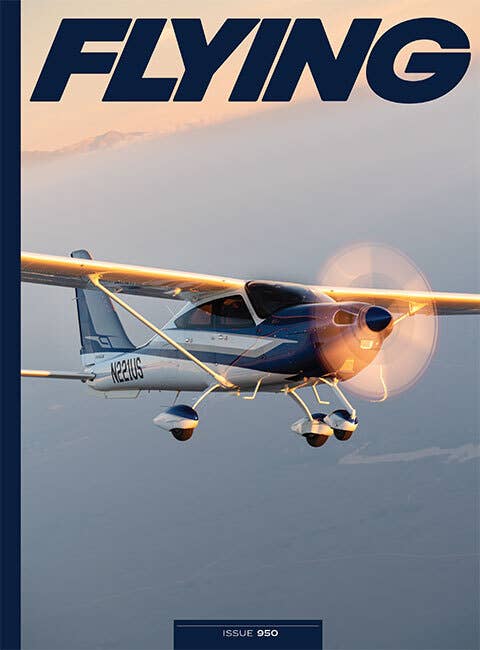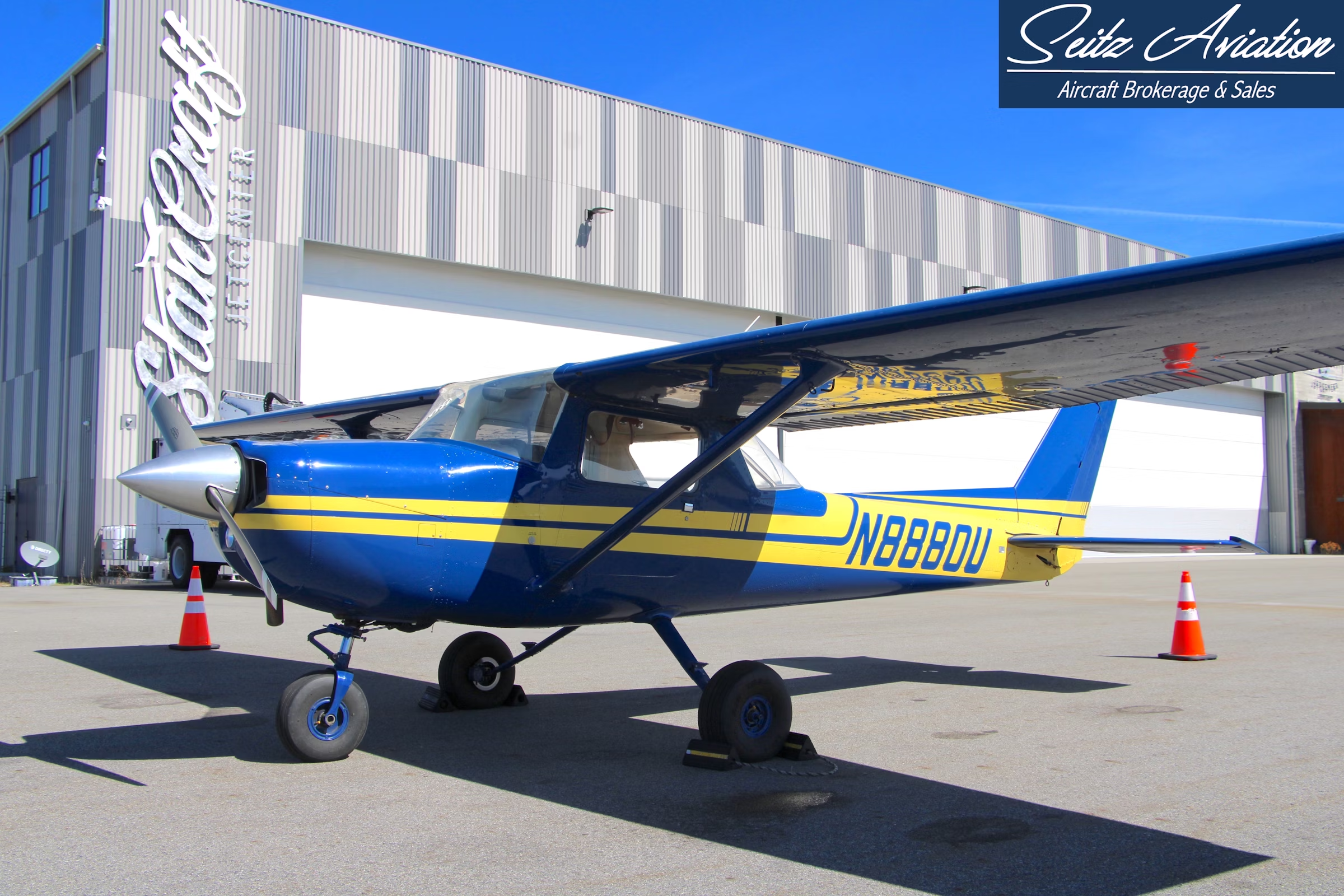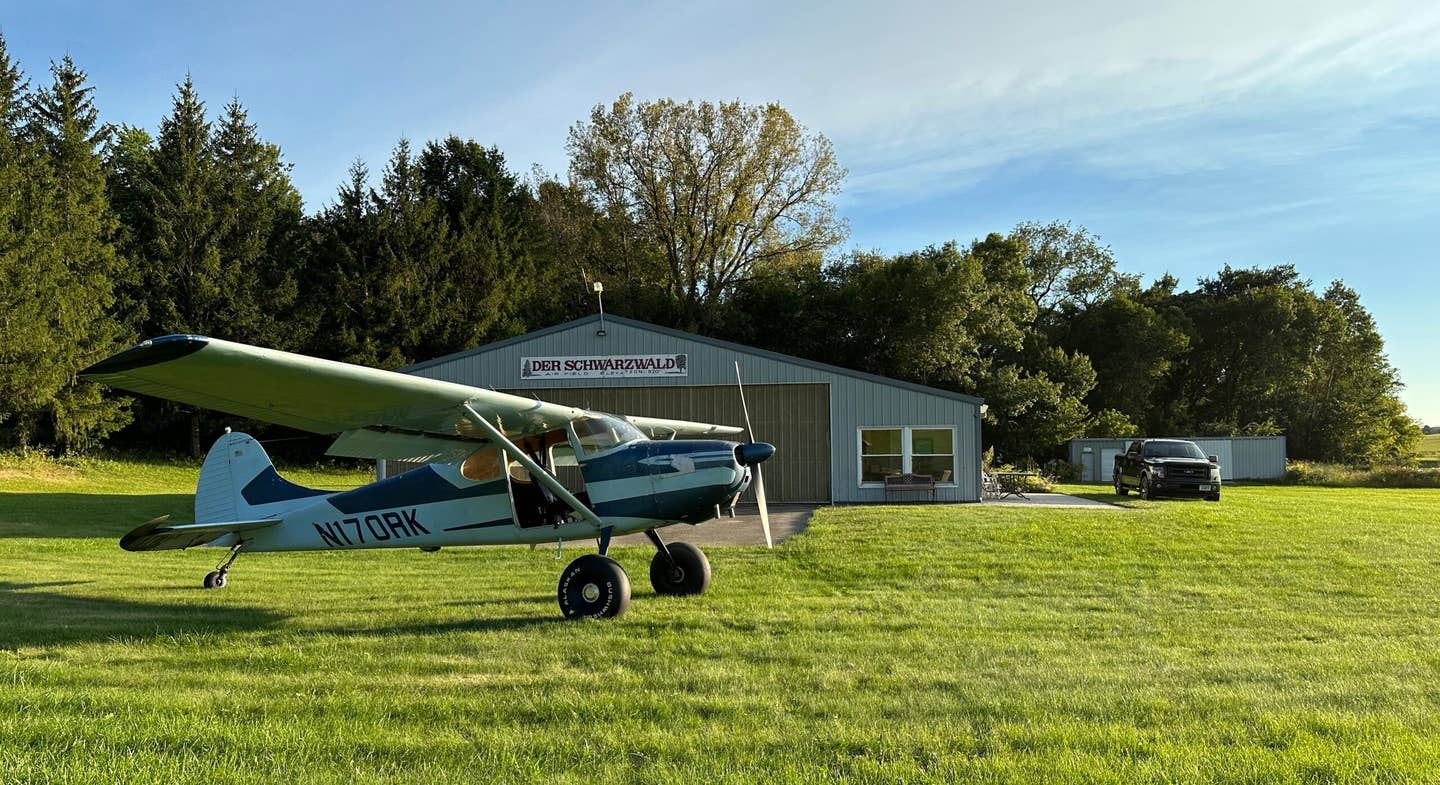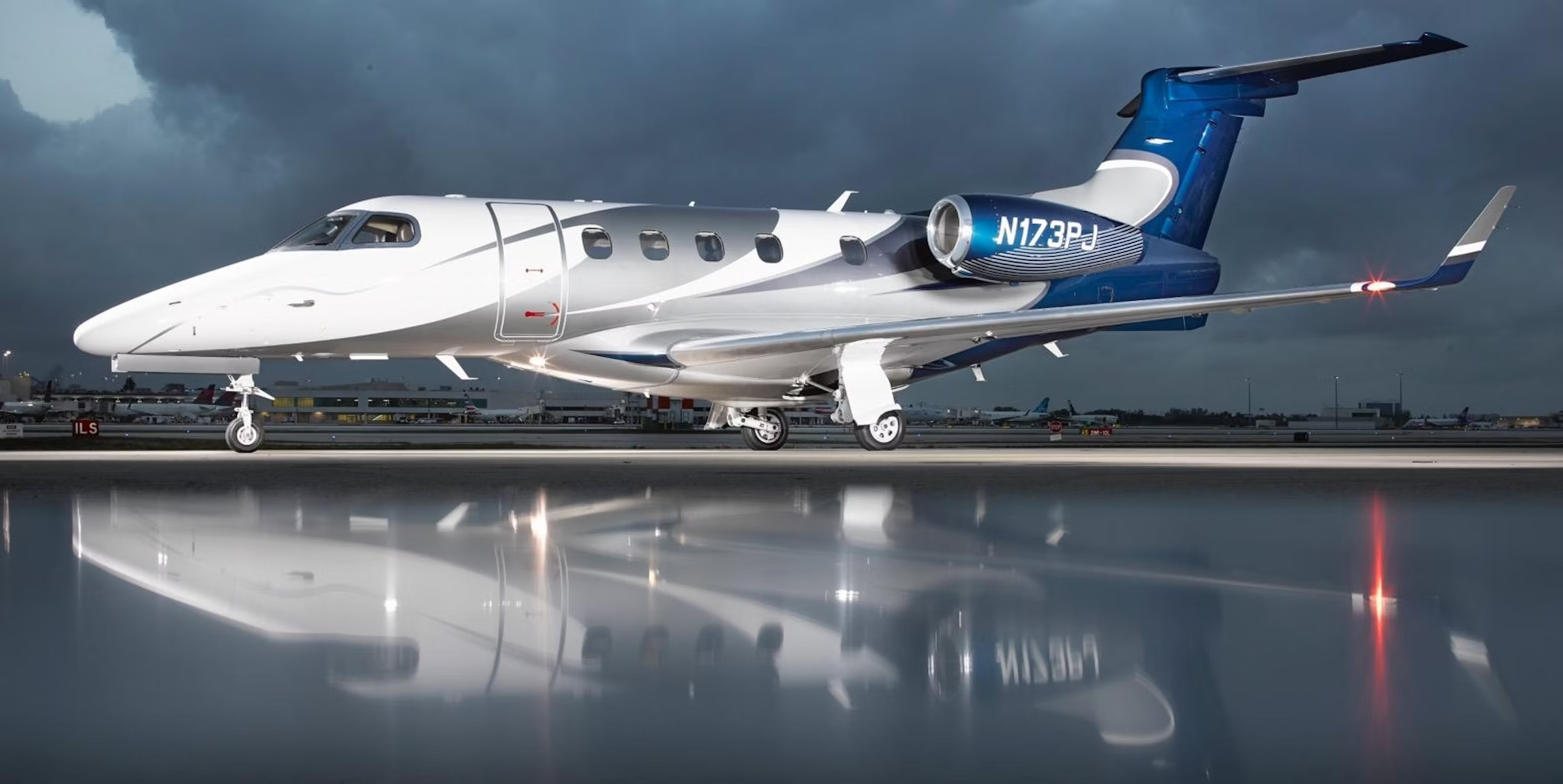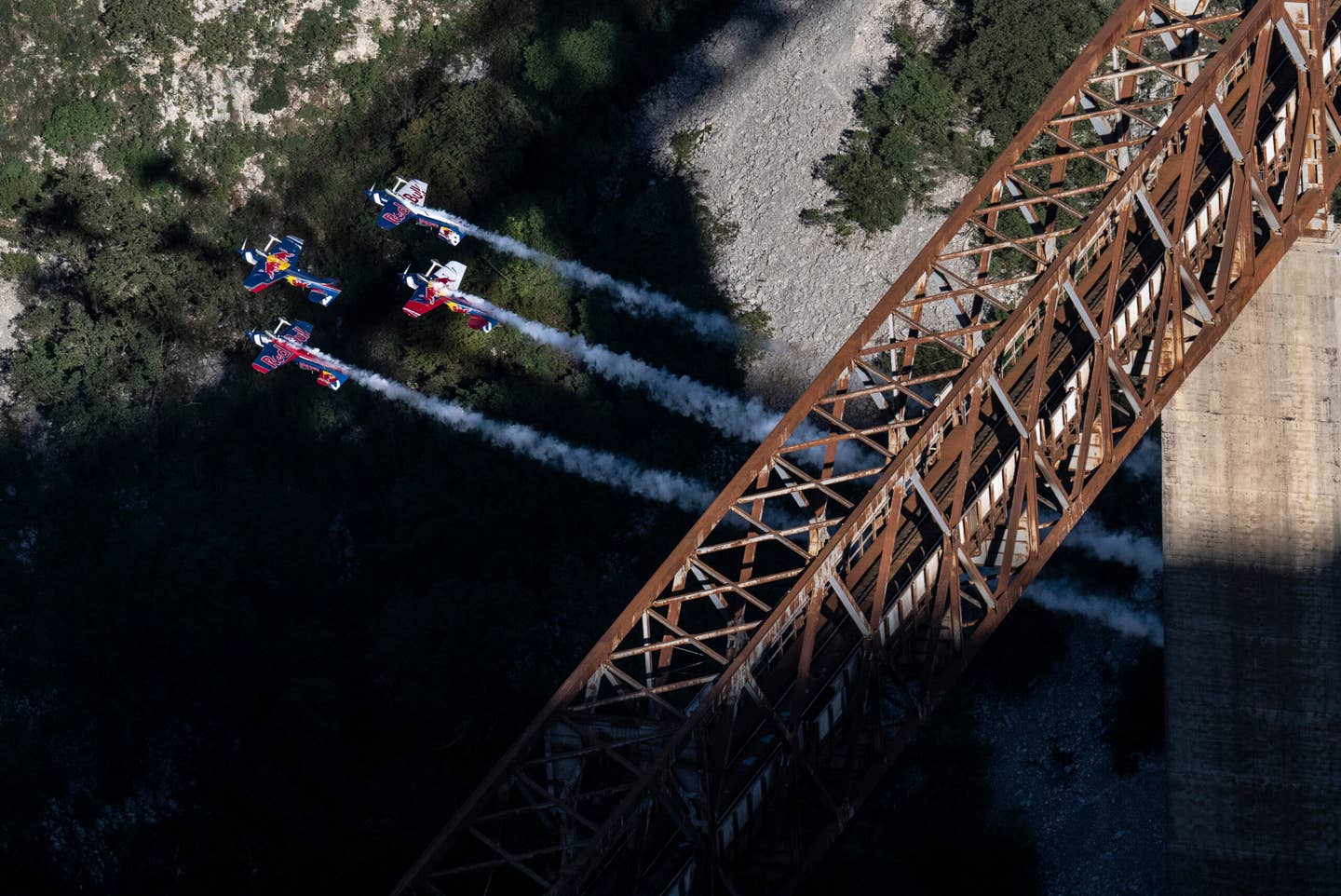We Fly: Skyryse One
Here’s an inside look at developing a safer, simpler, and smarter helicopter

Skyryse One is being certified on the versatile Robinson R66 turbine helicopter. [Photo courtesy of Skyryse]
Major inflection points in GA are rare and only occur every couple of decades. GPS and glass cockpits are two examples from the past 40 years, and both have provided profound, long-term impacts on safety and efficiency. Skyryse’s SkyOS, which it describes as an operating system for flight, has the potential to be another transformative change for helicopters and possibly fixed-wing aircraft as well. If you’re a fixed-wing pilot, it would be easy to dismiss the Skyryse One helicopter—a single control stick, IFR-certified version of the Robinson R66—as a curiosity that doesn’t apply to you, but please keep reading. Skyryse is in the process of revolutionizing the way helicopters are flown, making it easier and safer for anyone to fly those equipped with SkyOS. In fact, some of the first orders have come from fixed-wing pilots who want to transition into flying a helicopter in the safest way.
If you're not already a subscriber, what are you waiting for? Subscribe today to get the issue as soon as it is released in either Print or Digital formats.
Subscribe NowLong term, Skyryse believes the same user interface it has created for controlling a helicopter can also be used for controlling a fixed-wing aircraft. So theoretically, a pilot could learn to fly helicopters and airplanes in the same way. And it could happen soon since Skyryse expects to deliver its first helicopters to customers later in 2025.
The Skyryse Mission
The Skyryse mission statement, which stretches at least 12 feet across a wall at its headquarters, sums it up well: “Our Vision at Skyryse is nothing less than a new era in flight, where fatalities are nearly zero, piloting any aircraft is simple and safe, and the sky is accessible to all.”
CEO Mark Groden founded Skyryse in 2016, having been inspired when his grandfather sent him a 1957 Popular Mechanics article with a flying saucer on it and wrote that maybe one day Mark would be able to see him more if we all had the spacecraft.
Groden said it frustrated him because there was no way to use our modern transportation system to effectively accomplish that five-hour journey to see his grandfather. And that’s still true today.
Safety as a Driver
Safety was a recurring theme throughout my visit to Skyryse. Groden, who holds a doctorate in engineering, believes the operating system the company has developed will make flying safer. His goal is to elevate the safety of novice pilots to something close to that of a 10,000-hour pilot. That goal resonates with me. As a high-time, fixed-wing pilot but low-time helicopter pilot, I think about how much I’ve learned in 50 years of flying airplanes and worry about the potential gaps in my knowledge and safety as a two-year helicopter pilot.
Skyryse analyzed helicopter accidents since 2000 and found 577 fatal accidents with 1,084 fatalities. Thirty-percent of those were pilot-induced loss of control that it believes the SkyOS could have eliminated. It also feels the operating system could have significantly reduced ground collisions and failed autorotations.
The Skyryse Concept
Certifying any new aircraft from scratch is a near-herculean task that’s expensive and takes years. Thankfully for Skyryse, it doesn’t need to certify the entire aircraft since its first product, dubbed Skyryse One, is being certified on the Robinson R66 turbine helicopter that is already certified. This allows the company to seek a STC for installation of its operating system on that helicopter.
Skyryse will take delivery of new R66s from Robinson at the Torrance Municipal Airport (KTOA) in California and fly them 7 miles to the Skyryse facility at Hawthorne Municipal Airport (KHHR) for the conversion. For Skyryse One, that involves the removal of more than 100 parts, including the conventional flight controls, the cyclic, collective, throttle, and anti-torque pedals. The instrument panel, flight instruments, and all avionics are also
removed.
Skyryse then installs a triple redundant fly-by-wire flight control system, new low-profile instrument panel with a primary flight display, multifunction display, and standby instrument module that maximizes a pilot’s view outside. A single, four-axis control stick is mounted between the two front seats, where it’s easily accessible from either seat.
Dual controls are not needed due to the inherent stability of the SkyOS. Essentially when you remove your hand from the control stick, the helicopter remains in its present state, whether that’s in a hover or in cruise flight. So seemingly, little can go wrong in the time it takes for pilots to exchange the controls.
Removing the Robinson T-bar style cyclic and the anti-torque pedals opens up the cockpit, making it roomier and easier to enter and exit. I sat in an airworthy Skyryse One at the company’s Hawthorne airport facility with vice president of design Peter Blades.
“It’s much more like a car,” Blades said. “And that’s what we’re trying to do. We’re trying to make the interior of a helicopter as comfortable as driving a car. We need to make it an enjoyable experience, a safer experience, and quicker to learn.”
Flying the R66
Prior to visiting the Skyryse headquarters, I went to the Camarillo Airport (KCMA) to fly a stock R66 so I could compare that experience with the Skyryse One. Dominick McCormick of Orbic Helicopters was the CFI on board. McCormick has been flying for five years and has about 2,000 hours in all models of Robinson helicopters. Cal Cruickshank, a Skyryse sales rep, rode along in the back.
Unlike some other turbine helicopters, the R66 does not have a FADEC to manage the starting process. Hence starting the engine is not as simple as turning a key. The process begins with turning the igniter key to enable, pushing the start button, and starting a timer. Once N1 reaches 15 percent and is increasing, and the measured gas temperature (MGT) is below 150 degrees Celsius, you push in the fuel-cutoff valve and monitor for successful ignition within three seconds. As N1 reaches 25 percent, the main rotor should start to rotate.Excessive MGT will cause severe engine damage, and you should not push the fuel cutoff on, unless N has reached the recommended speed and is increasing. If MGT reaches its 927 C temperature limit during start, or light-off does not occur within three seconds, you need to immediately pull the fuel-shutoff valve, wait 10 seconds, and turn off the igniter key. If things don’t go well and you don’t shut the engine down properly, you may be looking at a large repair bill. With that in mind, I asked Dominick to do the engine start procedure.
After engine start, flying the turbine R66 felt much like flying a piston R44. I asked McCormick about common issues transitioning from the R44 to the R66. He said that like most turbines, the R66’s engine takes a little time to spool up, so pilots need to anticipate the need for power increases to stay ahead of the aircraft. We flew for about 45 minutes, and I didn’t notice the power lag. Though thinking back, my collective movements were purposely slow, as I didn’t want to exceed the N1 continuous torque limit of 83 percent. Operation at 100 percent is permitted for up to five minutes, which we did briefly during a maximum performance takeoff. Our maximum climb rate with full power was around 1,000 fpm.
We flew right traffic to the airport’s north pad multiple times. My first approach was shallow for a helicopter. As a fixed-wing pilot, I naturally gravitate toward flying a 3-degree glide path, while a normal helicopter approach angle is 10 degrees, and a steep approach is flown at 15 degrees. We later did a hover autorotation, in which McCormick rolled off the throttle, simulating an engine failure, and I used right pedal and collective to get us back on the ground. Doing this in an R66 was easier than an R44, since the main rotor blades have more inertia, giving you a few more seconds to complete the maneuver.
Flying the Skyryse One
One advantage of Skyryse One over the R66 is it has a pseudo-FADEC system, which takes away the complexity and potential risk associated with starting the engine. To start the engine, simply swipe right on a toggle slider on the MFD. You’ll never need to worry about a hot start, hung start, or overspeeding or overheating the engine, as the SkyOS manages those parameters.
I was unable to fly any of the Skyryse One test articles because the aircraft are still flying under an experimental ticket while being used for flight testing and thereby aren’t permitted to carry passengers. But I did fly the simulator at the company’s El Segundo, California, headquarters with vice president of sales Warren Curry, a helicopter pilot who flew Cobras and Ospreys in the military.
For 85 years, virtually all helicopters have flown using the same controls—cyclic, collective, and pedal controls—that Igor Sikorsky first demonstrated in 1940. So, the most noticeable difference about Skyryse One is it uses a single control stick and nothing else.
Here’s How It Works
Twisting the control stick left and right causes the helicopter to rotate left and right around the vertical axis, the same as if you were to push the anti-torque pedals left and right in a conventional helicopter. Twisting it more produces an even higher turn rate. Pushing the control stick forward, much like a joystick, increases the target airspeed, and pulling it back reduces the target airspeed. Holding the control stick in the neutral position, or releasing it altogether, causes the aircraft to stabilize on the selected airspeed. Leaning the joystick left and right causes the helicopter to bank and turn left and right.
One part of the control stick that didn’t feel instantly intuitive was a hinged, U-shaped piece of metal at the top of the stick called the thumb lever. The thumb lever plays the role of the collective. To climb, push and hold the lever up. To descend, pull it down and hold it. The climb or descent rate depends upon how far you deflect the lever. I wanted to release the lever once it reached a target climb rate and have it remain at that rate, which would be similar to how airspeed control works. But it didn’t take long to learn to continue holding it up to continue climbing. In addition to controlling the aircraft manually with the control stick, one can also control heading, airspeed, and altitude either by touching and dragging the heading, speed, and altitude bugs on the PFD, or by entering the values numerically on the MFD.
Lifting up from the ground is equally simple and uneventful compared to most helicopter lifts. To lift the Skyryse One, just touch a slider on the PFD and slide it up (in much the same manner as many actions on an iPad). The system responds by increasing power and bringing the helicopter into a stable hover at about 5 feet above the ground.
Taking off was simple also. Just push the control stick forward to set a target rate of 60 knots and then release it. Then push and hold the thumb lever up for your desired rate of climb. It took me a while to figure out that two airspeeds are displayed—the target airspeed set by the joystick and the actual airspeed. The proper way to set airspeed is to hold the joystick forward until the target airspeed reads the value you want, and then neutralize the joystick. The aircraft will then continue to accelerate until it reaches the target value. I made the mistake of holding the joystick forward until we reached 60 knots, but that set a target airspeed of more than 60 knots.
You can also do a takeoff automatically with Skyryse’s Autoflight capability. First input the desired heading, airspeed, and altitude. You do that either by touching and dragging the heading, airspeed, and altitude bugs to the desired values on the PFD, or by entering the data digitally on the MFD. Then tap the speed, heading, and altitude buttons on the top of the PFD touchscreen—and off you go.
Dynamic Envelope Protection
We flew a similar profile to what I flew earlier in the day in the R66, making right traffic to Camarillo’s Runway 26. One difference I noticed immediately is SkyOS limits the maximum bank angle in turns, which is part of its dynamic envelope protection. I took a photo of the PFD in a maximum banked turn at about 70 knots and later measured the bank angle, finding it to be 27 degrees. While that would be sufficient for my flying needs, it might get in the way of some commercial flying. More on that later.
The goal of dynamic envelope protection is to always keep a pilot safe. Letting go of the controls—something you would never do in a helicopter—is a good demonstration of its capabilities. Regardless of your flight attitude, when you let go of the control stick, Skyryse One self-levels and flies straight and level at your target airspeed. This capability alone would eliminate many helicopter loss-of-control accidents.
The SkyOS also limits the maximum descent rate at slow airspeeds to prevent vortex ring state, a rotary-wing flying condition in which a helicopter descends in its own main rotor downwash. At these slow speeds, crosshatching appears on the vertical speed indicator (VSI) to show you cannot command a descent rate of greater than minus-300 fpm. We also saw crosshatching at times at the top of the VSI to show climbs were limited to 1,000 fpm.
Hard landings are also eliminated. Curry had me hold down the thumb lever to try to drive the helicopter into the ground. It descended at its maximum rate but then stopped at hover height above the ground. Getting it onto the ground is simple— just swipe down on the same PFD slider used to lift from the ground.
The system also provides warnings when approaching obstacles such as towers. That’s an important capability that might have prevented a night accident in Houston in October, when a tour operator flew an R44 into a 1,000-foot tower. However, SkyOS doesn’t provide any wire strike protection. That would be a nice enhancement, as a significant percentage of fatal R66 accidents in recent years have involved wire strikes, mostly during crop dusting operations.
Autorotation
One big advantage of the Skyryse One over the conventional R66 is managing engine failures. An autorotation in any helicopter is a complicated task requiring manipulation of the collective, cyclic, and anti-torque pedals to maintain a target airspeed and main rotor rpm, while also looking for a place to set down. A significant portion of all helicopter training accidents involve poorly managed autorotations.
Skyryse One eliminates much of this complexity by automatically targeting the R66’s maximum glide distance airspeed and rotor rpm. If the pilot chooses to land at a different spot, a manual override is possible to keep them, not the computer, in control of the touchdown. This automated autorotation allows the pilot to focus on selecting a good landing site, rather than focusing on safe airspeed and rpm.
Conclusion
So, which is better, the conventional R66 or Skyryse One? Like all things in aviation, it depends. For owner-flown, private transportation and for tour operators, the Skyryse One offers some significant safety and operational benefits. For commercial operators requiring complex maneuvering, I would want to test fly Skyryse One in some real-world applications before deciding.
For example, some law enforcement or photo missions might require steeper bank angles, though Curry suggested that SkyOS could be customized for these applications. It may also be challenging for Skyryse One to perform the kind of maneuvers used for crop dusting, and those operators may prefer the lower cost of a conventional R66 anyway.
Skyryse has announced it has sold out the first block of 30 Skyryse One conversions and plans to start delivering them later this year. Pricing on these birds was $1.8 million, about $400,000-$500,000 more than a conventional R66. Skyryse One can also be purchased with any of Robinson’s R66 special mission models, including police, marine (with pop-out floats), and electronic news gathering. Skyryse will be the lead contact for Skyryse One customers and leverage Robinson and Rolls-Royce support networks for their specific warranties and ongoing service and support.
Skyryse also recently announced an agreement with Ace Aeronautics to supply the SkyOS for retrofit into Sikorsky UH-60 Black Hawk helicopters. And it has previously announced partnering with Air Methods to certify Skyryse-powered versions of the H130 and H125 helicopters.
Big challenges for Skyryse are awareness and adoption. Innovation percolates slowly through GA, and pilots are rightly skeptical of new ways of doing things like glass cockpits and parachutes. Nonetheless, I’m convinced SkyOS has the potential to reduce helicopter accident rates, much like Cirrus’ innovations have lowered its accident rate below the general aviation average. That said, it will come as no surprise that Cirrus co-founder Dale Klapmeier is on the Skyryse board of directors.
Interestingly, as I drove between Skyryse’s Camarillo and El Segundo facilities, I passed by the site of the Kobe Bryant helicopter crash. That accident serves as a clear example of how the industry can benefit from an operating system like SkyOS.
In the NBA star’s crash that killed him and eight others in 2020, a high-time helicopter pilot flew into IMC and lost control. All pilots make mistakes, so having additional electronic safeguards could eliminate many of these loss of control accidents.
This feature first appeared in the February Issue 955 of the FLYING print edition.
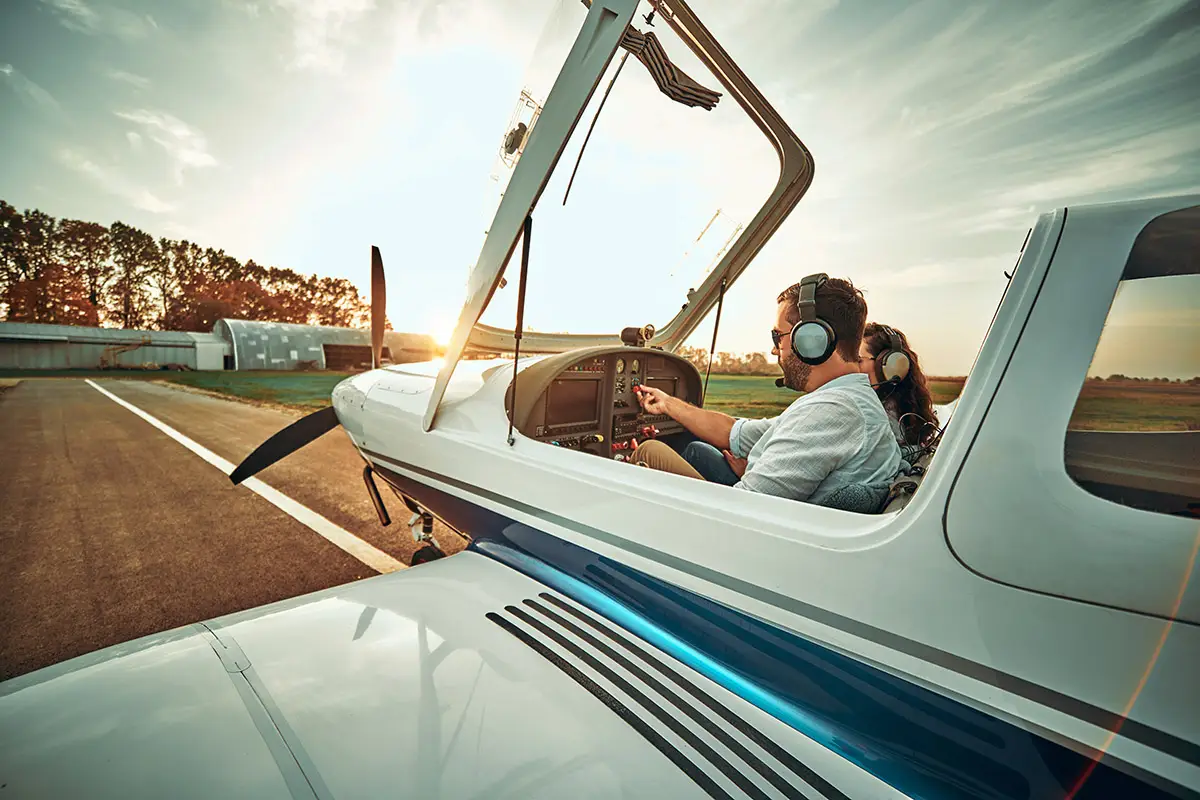
Sign-up for newsletters & special offers!
Get the latest FLYING stories & special offers delivered directly to your inbox

